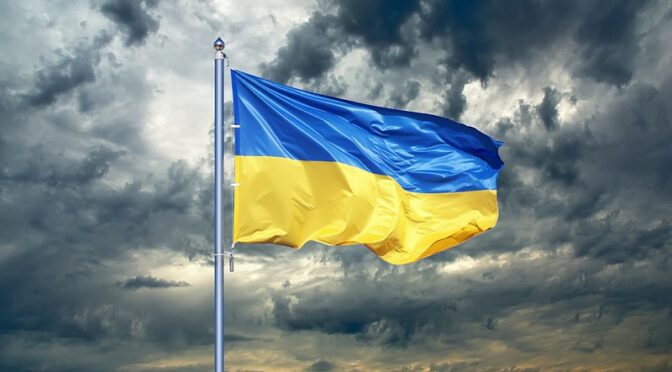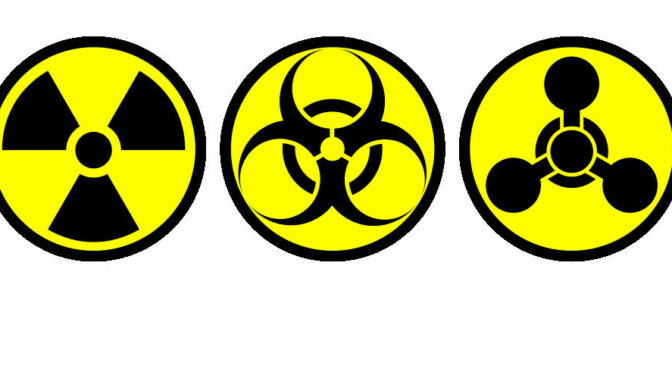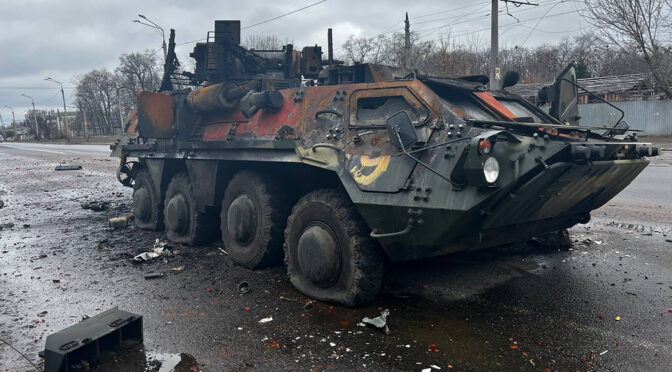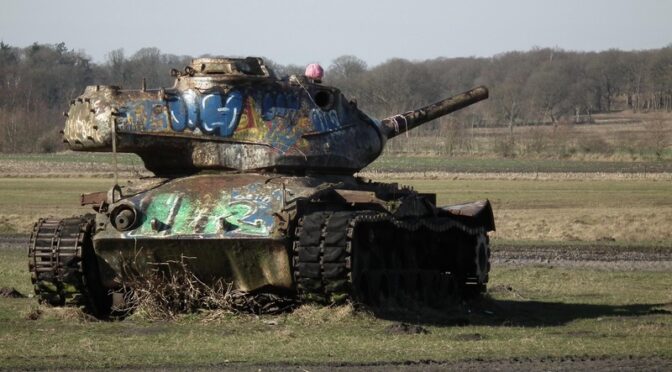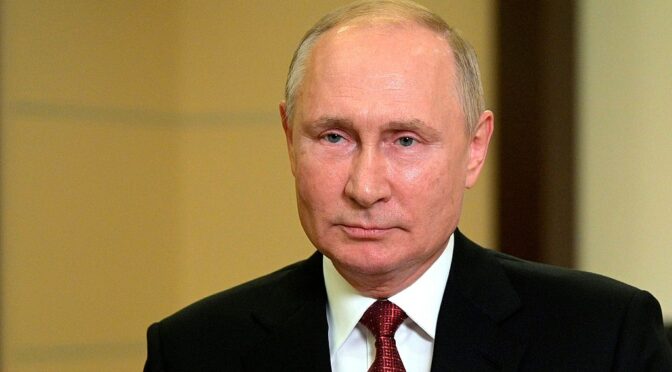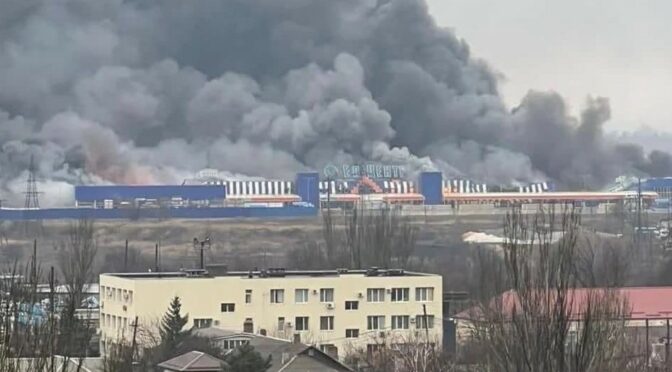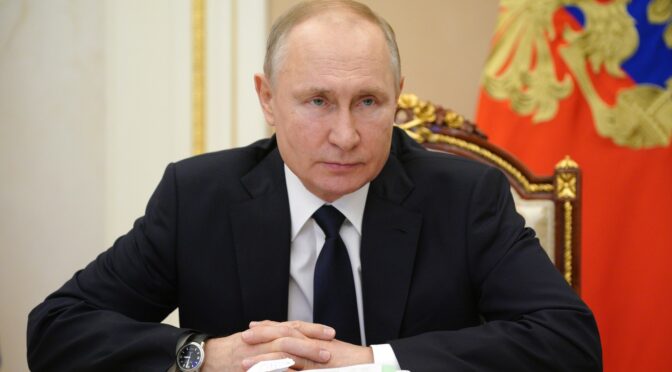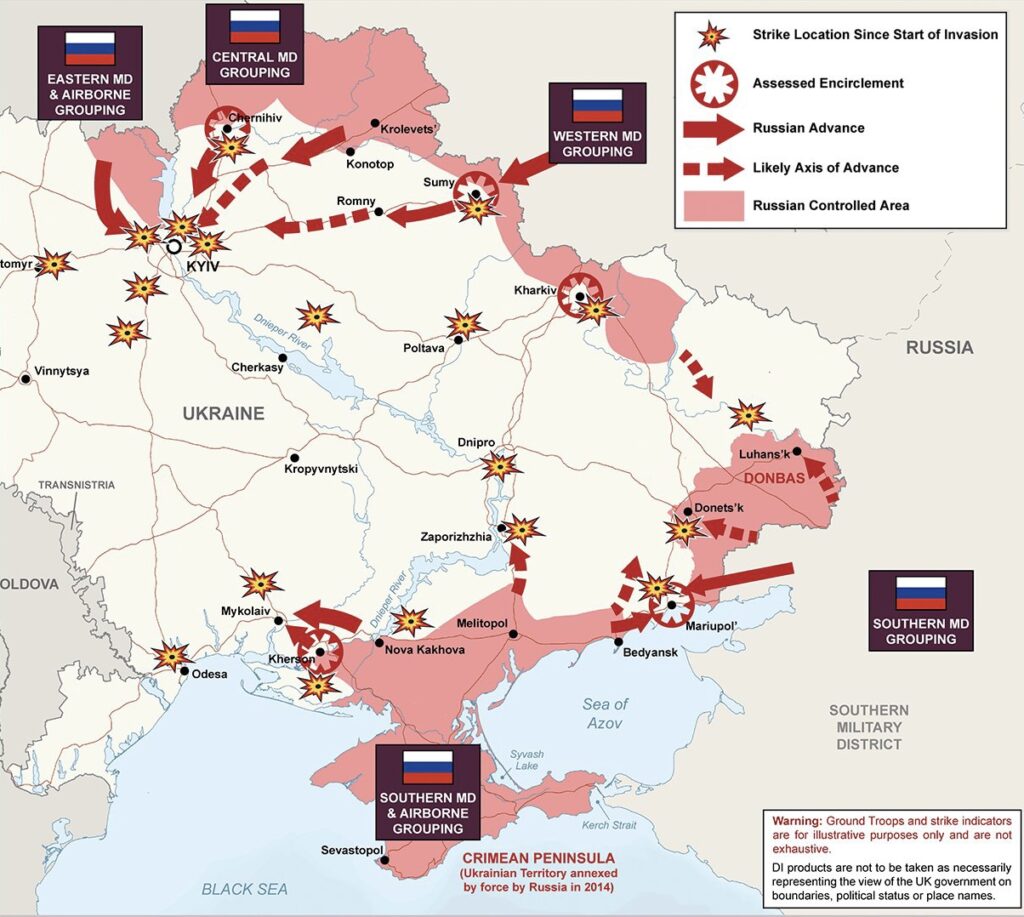Article published in The Daily Telegraph, 19 April 2022. © Richard Kemp
We may be about to witness the largest set piece battle in Europe since the Second World War, and perhaps the greatest carnage in most of our lifetimes. Since terminating offensive operations against Kiev, Russian forces have been redeploying, reconstituting, reinforcing and reequipping their forces for a new offensive in Donbas.
In the last few days they have also been ‘shaping the battlefield’, meaning military operations against the enemy to ensure the most favourable conditions for future attack. This has included interdiction strikes in the west of the country against weapons supply depots and factories, troop reinforcements, supply routes and infrastructure that could bolster Ukrainian combat power. The Russians claim to have attacked over 1,000 targets last night alone. These shaping operations have also included attacks on Ukrainian air defence systems, which Moscow reportedly now believes have been largely destroyed except for some low level capability.
How is the battle for Donbas likely to play out? In war nothing ever goes as expected. Russian military incompetence around Kyiv at the beginning of this campaign took the breath away from many seasoned military analysts. No doubt heads have rolled for that and lessons will have been learnt, but such apparently endemic tactical and logistical ineptitude – borne of inadequate leadership, indiscipline and long-term corruption – cannot be put right in a matter of weeks or even months. We can expect to see it repeated in the coming attack.
Yes, it is the case that Russian forces in south Ukraine performed much better, with remarkable gains made from Donbas to Mykolaiv under General Aleksandr Dvornikov, whom Putin has now appointed to command the entire Ukraine operation. But this time, with a more concentrated battle, any logistical or tactical failure will not be localised. Already, the force balance is not looking good for Russia. The Pentagon estimates Russia has around 60-70,000 combat troops available for this operation, and a reasonable assessment can be Continue reading

